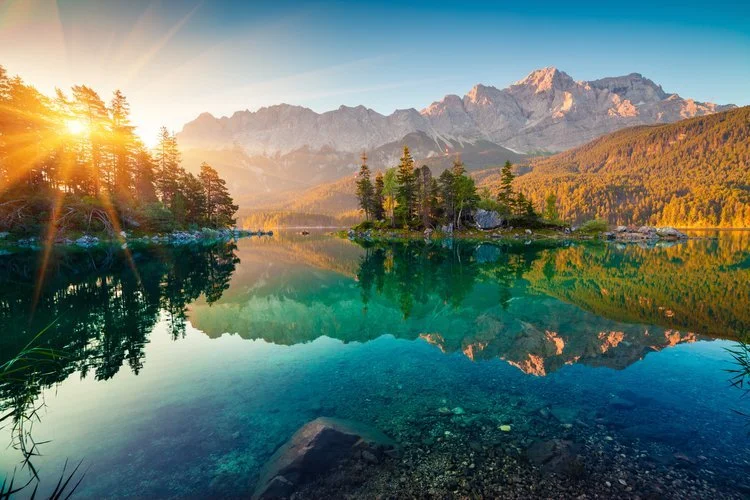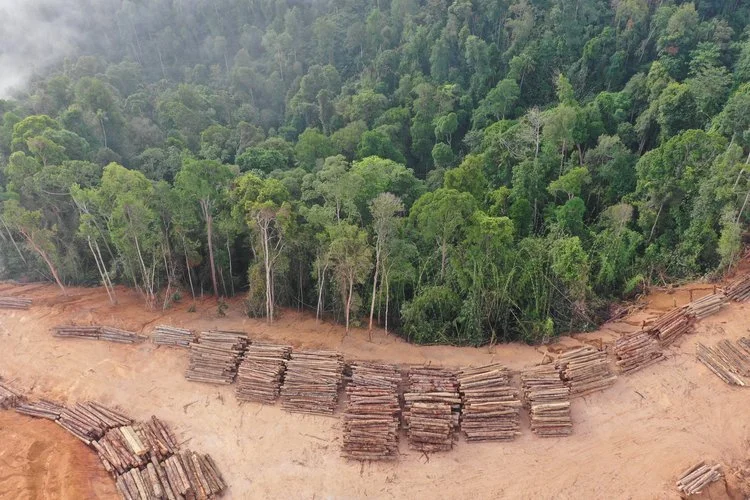Prioritizing Our Shared Environment
/Investing in the Future
This Earth Day, Kelly Mac Interiorscapes decided to donate funds towards The Canopy Project to reforest areas in dire need of rehabilitation, including areas with some of the world’s communities most at risk from climate change and environmental degradation. Not only do forests act as carbon sink powerhouses, but they also provide vital habitat for animals and ecological services for humans, such as purifying the air we breathe and regulating local temperatures.
We are excited and proud to give what we can towards The Canopy Project. Supporting more plant life, vegetation, and trees is precisely our lifework and effort we strive for daily with our clients and buildings. The Canopy Project has planted tens of millions of trees worldwide to strengthen our shared communities, and we fully support and value their work!
What will you do to honor the Earth, and bring a breath of fresh air to your own life, business, and home? To see a full catalog of official Earth Day events, please visitwww.earthday.org.
With gratitude,
Eileen and Kevin Kelly
Connecting You with Nature, since 1994.
Further Education
Connecting You with Nature
Why Do We Need Reforestation?
Since the beginning of the 20th century, the world’s forests have lost about 20% of their coverage. According to the United Nations’ Food and Agriculture Organization, about 7.3 million hectares (18 million acres) of forest are lost every year, and roughly half of Earth’s tropical forests have already been cleared.
Planting billions of trees across the world is one of the biggest and most affordable actions of taking CO2 out of the atmosphere to help combat the climate crisis.
Responsible reforestation programs can stabilize land from erosion or natural disasters, improve soil health and groundwater, promote native and endemic fauna, and provide economic development for nearby communities.
What is a Carbon Sink?
A carbon sink is anything that absorbs more carbon from the atmosphere than it releases – for example, plants, the ocean, and soil.
In contrast, a carbon source is anything that releases more carbon into the atmosphere than it absorbs – for example, the burning of fossil fuels or volcanic eruptions.
What are Our Natural Carbon Sinks?
Forests: The world’s forests absorb 2.6bn metric tonnes of carbon dioxide every year. Despite their vital importance, an area the size of a football pitch is destroyed every second.
Soil: The Earth’s soil absorbs roughly a quarter of all human emissions each year, with a large portion of this stored in peatland or permafrost; however, our soil is under threat from increasing global demand for food production, chemical pollution, and climate change.
The Ocean: The ocean consumes about a quarter of the carbon dioxide released into the atmosphere. Phytoplankton is the main reason the ocean is one of the largest carbon sinks. These microscopic marine algae and bacteria play a huge role in the world’s carbon cycle - absorbing about as much carbon as all plants and trees on land combined. But plastic pollution in our ocean means plankton are eating microplastics which impacts the rate at which carbon is trapped in our ocean.
Please visit ClientEarth.org for further information.
What is Carbon Neutral?
Carbon Neutrality refers specifically to carbon emissions generated but then offset elsewhere to achieve a net-neutral outcome.
Net-Zero refers to a balance between all generated and removed emissions, not just carbon.
A more ambitious way to achieve net-zero emissions is to not emit at all, which is zero emissions. Beyond that is carbon negative or climate positive if you remove more emissions from the atmosphere than you emit.
How does your personal life or business measure in terms of carbon accounting?
Calculate how your business or personal life manages environmental impact.
Reducing Your Carbon Footprint
Education and action are key to understanding the complex issues of climate change. How can we lessen our carbon footprint on our Earth while maintaining all the daily ins and outs of regular, necessary life and tasks?
Check out some resources and suggestions from The New York Times.







